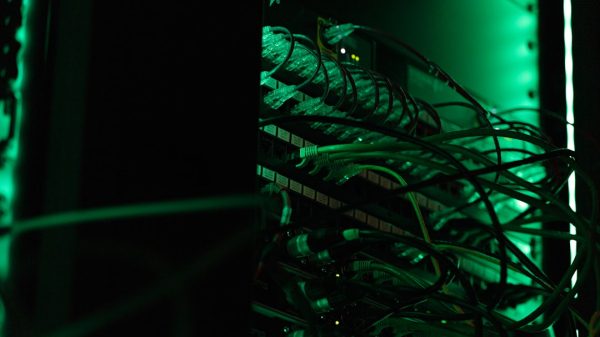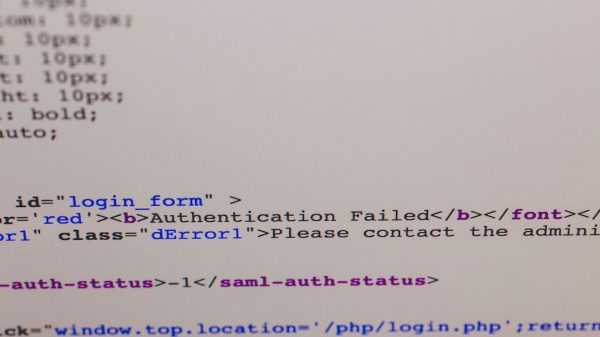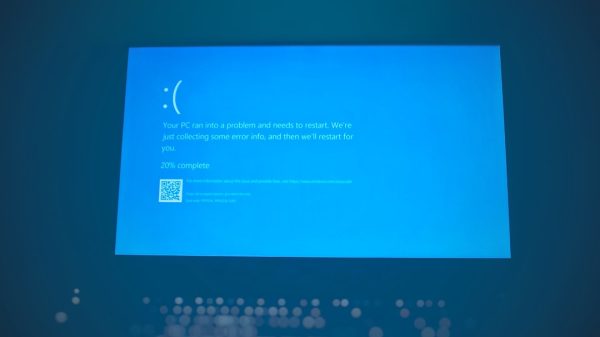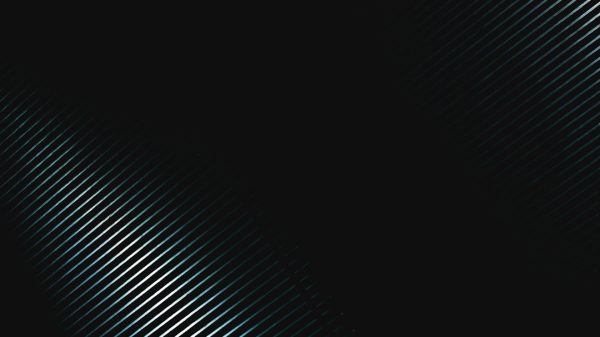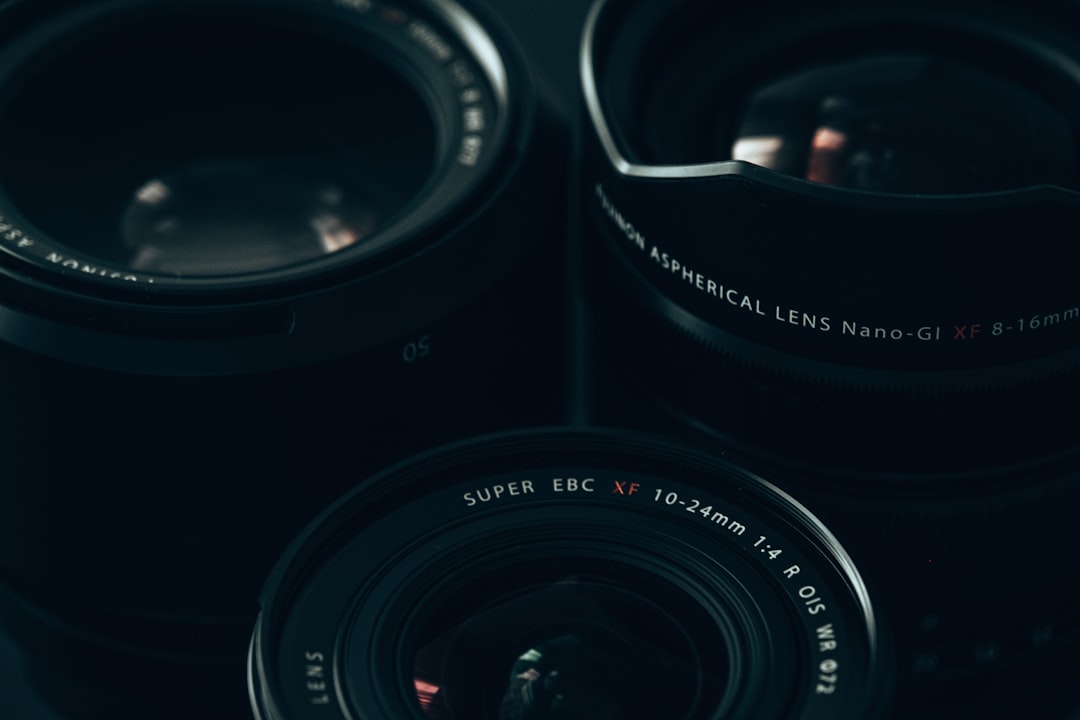In today’s digital landscape, speed and performance are paramount. Whether you operate an e-commerce site, a content-heavy blog, or a SaaS platform, image optimization has a direct and measurable impact on user experience and search engine rankings. Using efficient image formats like WebP and controlling their size are critical components in modern development pipelines. But simply converting images to WebP isn’t enough — you need a strategy that enforces strict image quality gates, especially for keeping image sizes under 100KB.
Why 100KB?
Why set 100KB as a limit for your WebP images? The number isn’t arbitrary. Data from multiple performance studies, including those conducted by Google and Akamai, suggest that a noticeable drop-off in user engagement occurs when total page weight exceeds key thresholds — and images often make up the bulk of that weight.
By limiting individual image sizes to under 100KB, you effectively:
- Accelerate page load times
- Reduce bandwidth usage across devices
- Improve Core Web Vitals scores
- Enhance SEO performance
- Create a smoother experience for users on slow or mobile networks
In short, setting a 100KB gate creates a measurable quality control point that protects overall site performance.
Why WebP?
WebP is a modern image format developed by Google that provides superior lossless and lossy compression for images on the web. Compared to traditional formats like JPEG or PNG, WebP can reduce image size by up to 30% without a noticeable impact on quality.
This makes it a natural choice for web developers who aim to strike a balance between image quality and performance. WebP supports both transparency and animation, making it a versatile format suitable for a broad range of use cases.
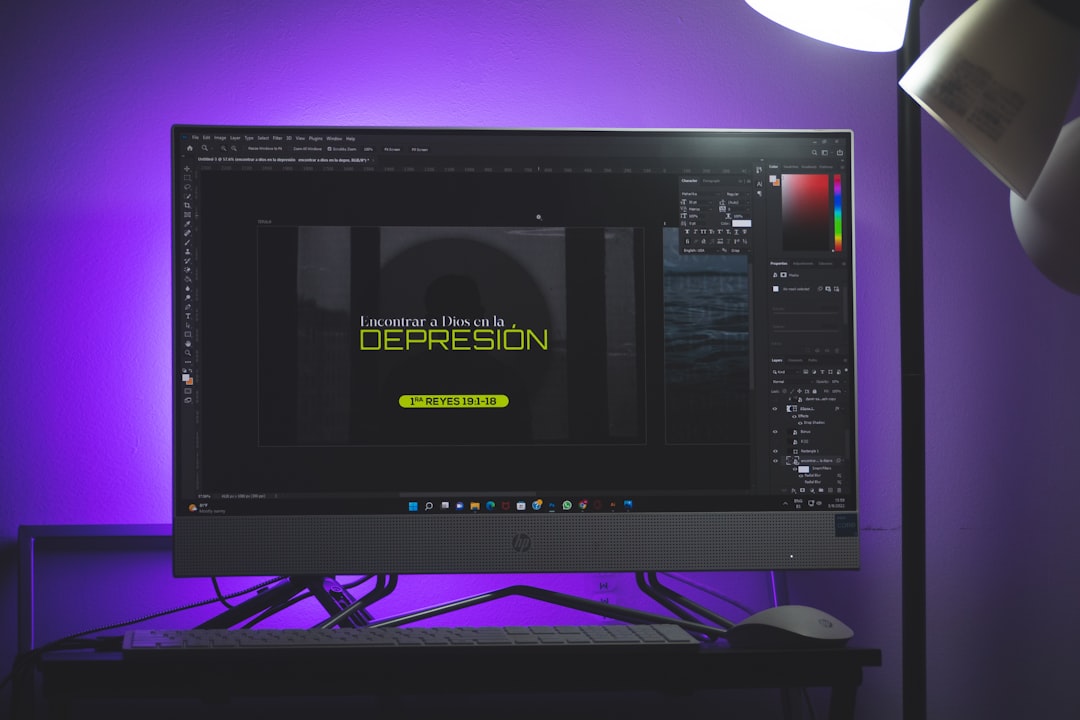
Integrating Quality Gates into Your Pipeline
Many organizations make the mistake of performing image optimization as a one-time or manual process. Instead, image checks and constraints should be embedded directly within the CI/CD (Continuous Integration/Continuous Deployment) pipeline. Here’s how you can implement this strategy:
1. Define Image Size and Quality Parameters
Establish acceptable upper bounds for image weight and lower bounds for visual quality. For example:
- Maximum file size: 100KB
- Minimum quality score: 0.75 (on a scale of 0 to 1, subjective LOS or PSNR-based)
2. Use Automated Tooling
Leverage tools to compress and validate images before they are deployed into production. Commonly used tools include:
- ImageMagick: Useful for batch conversion to WebP
- Squoosh CLI: From Google’s Squoosh app, this tool provides high-quality WebP compression via command line
- Sharp: A high-performance Node.js image processing library
- GitHub Actions or custom CI jobs: Enforce checks in your configuration management workflow
3. Write Fail-Safe Checks
Your image pipeline should be able to evaluate images already committed to version control or being processed at runtime. Add checks that:
- Abort a build if any WebP image exceeds the 100KB limit
- Log details for auditing and troubleshooting
- Optionally suggest compression options or optimized versions
4. Enforce Practices Across Teams
To avoid exceptions slipping through, your team’s culture must equally value performance as much as visual fidelity. Ensure your designers, frontend engineers, and DevOps personnel understand the 100KB gate policy. The more automation you embrace, the less friction you’ll experience enforcing the rules.
Balancing Compression and Visual Quality
While it’s easy to compress any image to under 100KB, doing so without sacrificing critical visual clarity is where the challenge lies. Artifacts, blurring, or color fidelity loss can occur if compression is too aggressive.
To mitigate this, consider the following techniques:
- Dynamic resizing: Serve resolution-appropriate assets based on screen size
- Content-aware encoding: Compress complex images more conservatively
- LQIP (Low Quality Image Placeholders): Use blurred previews that progressively load in high resolution
- Adopt a picture element with multiple sources: Provide AVIF, WebP, and fallback JPEGs for maximum compatibility

The Role of Monitoring and Auditing
Implementing a gate is only the first step — maintaining that standard over time requires visibility. Consider integrating image metrics into your observability stack. For example:
- Run scheduled checks: Validate live images in production against your gates
- Track regressions: Alert when file sizes or loading times exceed set limits
- Provide dashboards: Give teams access to key performance metrics tied to visual assets
You might also conduct periodic visual diff testing to ensure that compression beyond a certain threshold doesn’t noticeably degrade the user experience.
Common Challenges and How to Overcome Them
Image Quality Misalignment
Designers often submit high-resolution exports without full awareness of the final rendering environment. Bridge this gap by involving designers early in the optimization conversation and showing them real-world outcomes.
Not All Tools Support WebP
Despite WebP’s advantages, some older browsers or CMS platforms may lack full support. Address this by integrating polyfills or picture fallbacks, and always test across all key browsers and devices before standardizing on WebP-only assets.
Resistance to Automated Enforcement
Teams may resist policies they perceive as restrictive or time-consuming. Ensure that your enforcement mechanisms are clearly documented, well-supported, and flexible enough to accommodate exceptional cases.
Future-Proofing: WebP Today, AVIF Tomorrow
WebP is a major enhancement over JPEG, but it’s not the end-game. AVIF (AV1 Image File Format) is gaining traction for offering even better compression ratios at similar or higher quality.
However, browser support for AVIF is still evolving. Therefore, building your pipeline around the concept of image quality gates — whether for WebP, AVIF, or future formats — puts you ahead of the curve. As these formats mature, your infrastructure can simply swap the encoder, keeping the same logic intact.
Conclusion
The push toward lighter, faster, and more responsive web experiences means that optimization isn’t optional — it’s a requirement. By introducing strict image quality gates of 100KB for WebP files into your build pipeline, you ensure that every asset contributes to, rather than detracts from, your site’s performance objectives.
With the right tooling, workflows, and collaboration between teams, keeping images under 100KB becomes a standard and sustainable practice — not a compromise. It’s time to evolve from reactive optimization to proactive image governance. Let your pipeline enforce the rules, so your users feel the difference.











